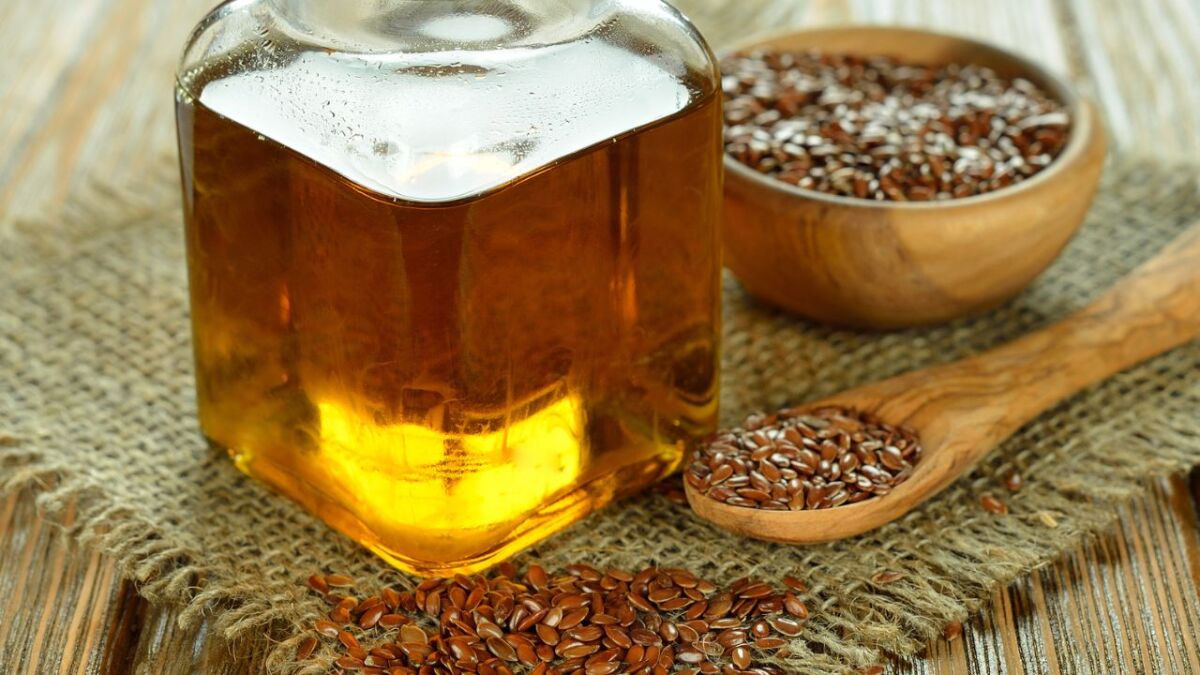
How can I make my own oil from plants? Discover the secret of nature
👉 The key facts from this guide
- Produce your own oil from plants to use environmentally friendly, cost-effective, and healthy alternatives.
- Choose from a variety of plants such as sunflowers, rapeseed, olives, coconut, walnut, almond, and flaxseed.
- Follow the process: plant selection, harvesting and preparation, pressing or extracting, filtration, and storage.
- Use homemade plant oil in cooking, body care, DIY, and natural medicine.
- Purchase an oil press online and pay attention to performance, size, operation, material, cleaning, and price.
- Experiment with various plants and applications to find the perfect oil for your needs.
Making oil from plants yourself is a wonderful way to use nature in your home and create environmentally sustainable products in a sustainable way.
In this article, you will learn how to make your own oil from plants and which plants are particularly suitable for this purpose.
In addition, I answer frequently asked questions and give you practical tips for using your homemade oil.
Why make your own plant-based oil?
Making plant-based oil offers many advantages. Here are some reasons why you should make your own oil:
- Environmentally friendly alternative: Producing oil from plants is environmentally friendly and reduces your ecological footprint. By making your own oil, you avoid buying industrially produced oils that are often sold in environmentally harmful packaging and are associated with high energy and resource consumption.
- Cost-effective and sustainable: Homemade plant oil is often cheaper than purchased oil, as you only need the raw materials and energy for production. In addition, self-production enables you to use sustainable and healthy alternatives that save money in the long run and protect the environment.
- Control over quality and ingredients: You can determine the quality of your oil yourself and know exactly which ingredients it contains. This is particularly important if you are looking for an oil without artificial additives, preservatives, or allergens.
- Regional and seasonal: By making your own oil from plants, you can use regional and seasonal raw materials that have short transport distances and thus put less strain on the environment. In addition, you support local agriculture and promote the preservation of traditional cultivation methods.
- Creativity and individual taste: Making plant oil opens up the opportunity to experiment with different plants and oil blends to meet your personal taste and needs. For example, you can make different oils for different applications and taste preferences.
- Knowledge and appreciation: The experience of making your own oil from plants deepens your knowledge of the origin and processing of food. This promotes a better understanding of the importance of sustainable and conscious consumption and leads to a greater appreciation for the resources that nature provides us.
15 plants suitable for oil production
A variety of plants can be used for oil production. Choosing the right plant depends on your personal preferences, availability of plants, and desired properties of the oil.
Here are some of the most popular plants for oil production:
- Sunflowers: Sunflower seeds have a high oil content and are excellent for producing cooking oil. Sunflower oil is rich in vitamin E and unsaturated fatty acids, which can have positive effects on heart health.
- Rapeseed: Rapeseed oil is rich in omega-3 fatty acids and is good for cooking and frying. Its mild flavor makes it a versatile ingredient in the kitchen. Rapeseed is one of the oils that can withstand high heat, making it ideal for searing meat.
- Olives: Olive oil is a classic in Mediterranean cuisine and is valued for its health benefits. It is rich in monounsaturated fatty acids and can help lower cholesterol levels and reduce the risk of cardiovascular disease.
- Coconut: Coconut oil is versatile and is used in both cooking and personal care. It contains medium-chain fatty acids that are easily digestible and can serve as a quick source of energy.
- Walnuts: Walnut oil has an intense flavor and is excellent for salad dressings and enhancing dishes. It is rich in omega-3 fatty acids and antioxidants that support the immune system and have anti-inflammatory properties.
- Almonds: Almond oil is rich in vitamin E and is frequently used in the cosmetics industry. It is excellent for skin and hair care and can also be used in the kitchen, particularly for sweet dishes and desserts.
- Flaxseed: Flaxseed oil, also known as linseed oil, is an excellent source of omega-3 fatty acids and has a nutty flavor. It is particularly suitable for cold applications such as salad dressings or smoothies.
- Sesame: Sesame oil is rich in antioxidants and vitamin E and has a distinct nutty flavor. It is popular in Asian cuisine and is excellent for seasoning and enhancing dishes.
- Pumpkin Seeds: Pumpkin seed oil has an intense green color and a nutty-sweet flavor. It is rich in vitamins and minerals and is particularly suitable for salads and enhancing dishes.
- Blackcurrants: It may seem hard to believe at first, but oil can also be made from blackcurrants. However, you will need a huge amount of berries for this. Fortunately, blackcurrants are among the fruit trees that produce a lot of fruit. If it were not worthwhile, blackcurrants would not have made the list. Blackcurrant seed oil is a rather extraordinary oil. It is rich in omega-3 and omega-6 fatty acids and can therefore be seen as a superfood. Omega-6 fatty acid can work wonders for inflammation of the upper respiratory tract. So there is a good reason to use blackcurrants for oil production.
- Corn: Corn germ oil has also become incredibly expensive. However, you can also make your own oil from corn. Corn cultivation is simple and only requires a narrow strip of your garden. Like sunflowers, corn also has the property of acting as a natural screen. There is nothing wrong with sowing the plant along the garden fence. Corn germ oil is suitable for frying, cooking, and also for cold dishes. But corn can do even more. Like rapeseed, corn is extremely versatile in its application. And, like rapeseed, corn can become a biofuel called ethanol.
- Soybeans: Another way to produce your own cooking oil is to grow soybeans. This method, however, is very labor-intensive and time-consuming. In many places, farmers, even in your area, specialize in the cultivation of animal feed, including soybeans. If you have such a farmer nearby, it is worth asking him if you can harvest some beans for your own use. Since you don't need many beans to make a bottle of soybean oil, a polite request can save you a lot of time and work. To make soybean oil, process the beans in your oil press.
- Grape seed oil: Grape seeds are a by-product of wine production and can be processed into a light, flavorless oil that is good for cooking and cosmetics.
- Avocado oil: A rich, nutritious oil can be extracted from the flesh of avocados that can be used in both cooking and skin and hair care.
- Black seed oil: A spicy, aromatic oil can be extracted from black seeds that is used in cooking and as a natural remedy.
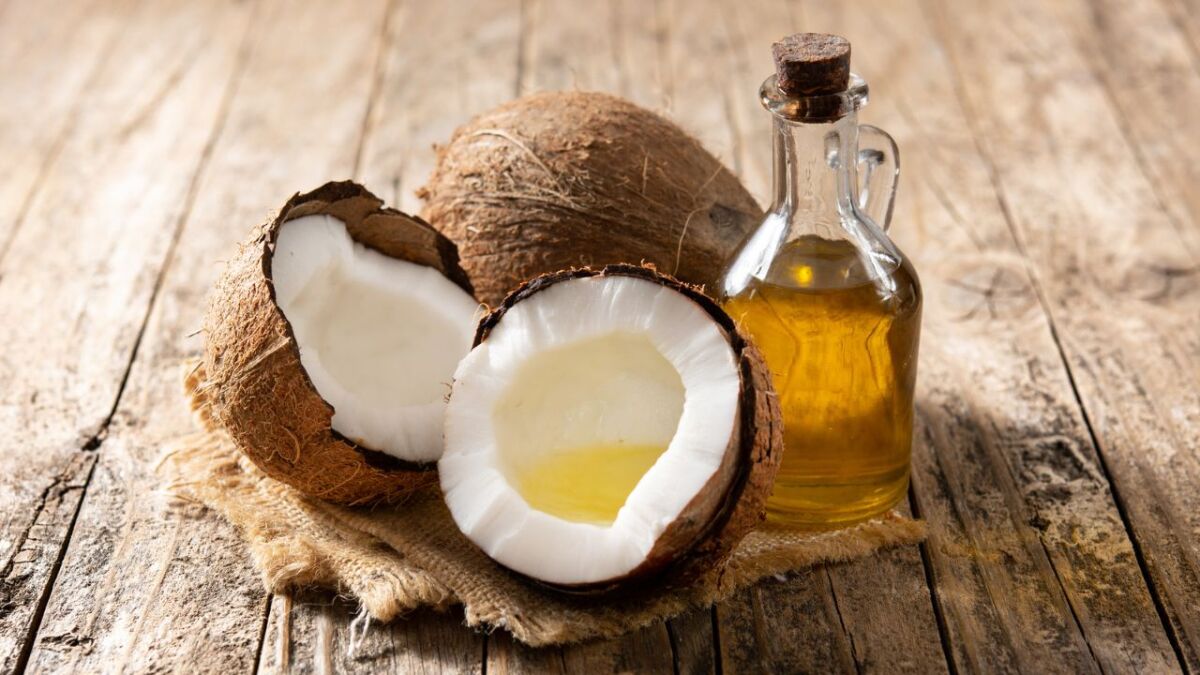
When choosing plants for oil production, it is important to consider the oil quality, flavor, and uses.
You can also combine different plants to create unique oil blends that are tailored to your needs.
It is significant to note that some plants contain more oil than others, which affects the yield and efficiency of oil production. When selecting plants, you should also consider their availability and cultivation options in your region.
Experiment with different plants and find out which ones best suit your taste and requirements.
How to make oil from plants - The Process
Step 1: Select the correct plant
Firstly, select a plant that is suitable for oil production.
This requires attention to the plant's availability, oil content, and processing properties.
Make sure the plants are free of pests and diseases and have been organically grown if necessary.
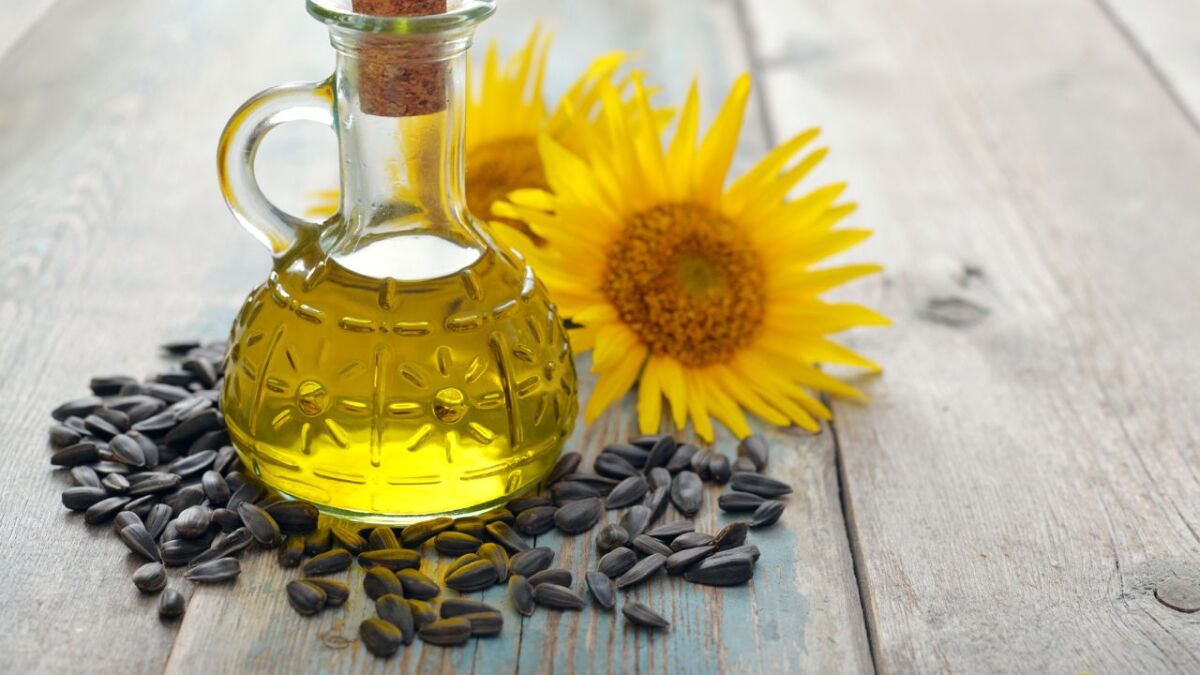
Step 2: Harvest and prepare the plants
Harvest the parts of the plant that are to be used for oil production and prepare them accordingly. This may include drying, peeling or crushing the plants.
Make sure the plants are thoroughly cleaned to avoid contamination. For some plants, such as olives or sunflowers, it is necessary to separate the seeds from the fruits before they can be further processed.
Step 3: Pressing or Extracting the Oil
There are various methods available for producing oil, including cold pressing, hot pressing, and chemical extraction.
Choose the method that best suits your needs and resources.
- Cold pressing involves pressing the plant material without heating, resulting in high-quality oil with a high nutrient content.
- Hot pressing involves heating the plant material before pressing, which leads to a higher oil yield but can also destroy some nutrients.
- Chemical extraction is an efficient method of oil extraction, but it involves using solvents that can leave residues in the oil.
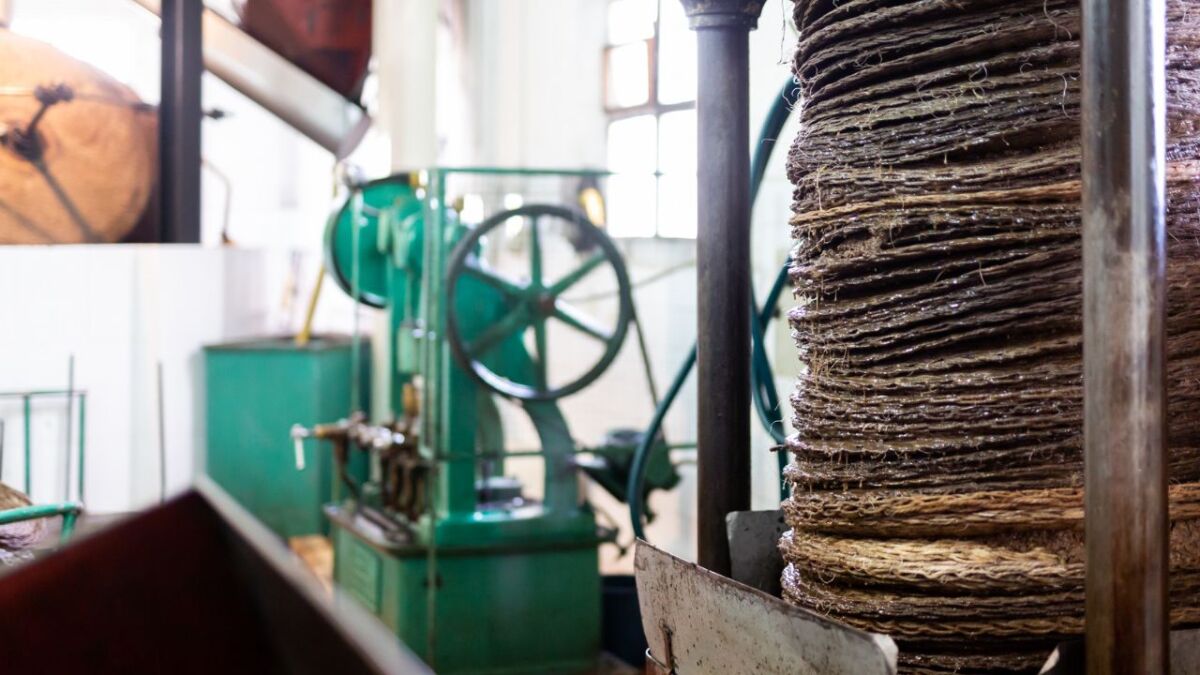
Step 4: Filtration and Storage
Filter the extracted oil to remove impurities and residues, and then store it in a suitable container.
Filtration can be done by simply straining the oil through a fine-mesh sieve or cloth. In some cases, it may be necessary to filter the oil multiple times to achieve optimal purity.
After filtration, the oil should be stored in light-shielded and airtight containers to avoid oxidation and loss of quality.
Be sure to store the oil in a cool and dry place to extend its shelf life.
Practical Uses for Homemade Plant Oil
Homemade plant oil can be used in a variety of ways and offers numerous benefits.
Here are some uses for your homemade oil.
In the kitchen
Use your homemade oil for cooking, baking, or salad dressings. It adds a personal touch to your dishes and enhances their flavor. By using homemade oil, you can also ensure the quality and freshness of your food.
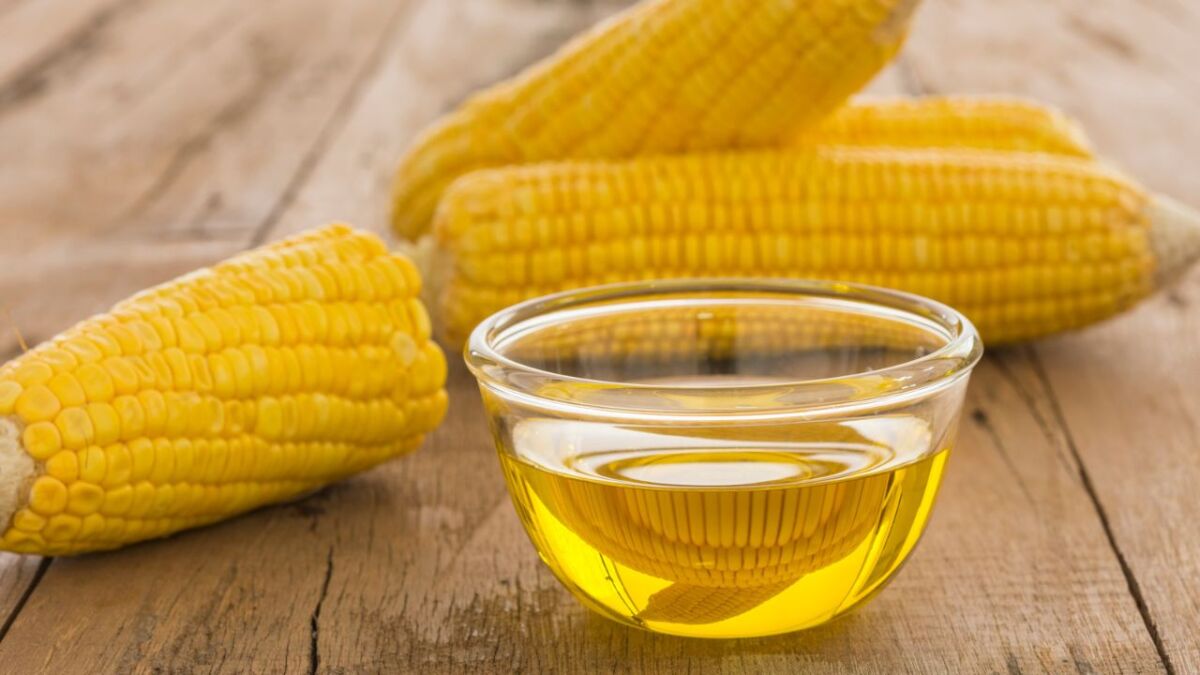
Personal care
Use the oil as a base for skin and hair care products or as massage oil. You can be sure that your homemade oil is free from harmful chemicals and tailored to your individual needs.
Experiment with different plant oils and discover their specific benefits for your skin and hair.
DIY
Use the oil as a natural wood protection or lubricant for tools and machines. Homemade plant oil is an environmentally friendly alternative to chemical products and contributes to the protection of our resources.
Natural medicine
Use your oil in aromatherapy or in the production of healing oils. This way, you can harness the healing powers of nature and improve your well-being.
Plant oils often contain valuable ingredients that can have anti-inflammatory, antibacterial or antioxidant effects.
Where can I get an oil press, and what should I look for when buying one?
You can conveniently and easily purchase oil presses online, for example on Amazon or other online shops.
There are a variety of models available in different price ranges and performance levels. Here are three recommended oil presses available on Amazon:
- Rommelsbacher OP 700 Emilio: This electric oil press is suitable for home use and offers a high oil yield. It is easy to use and can process various plant seeds and nuts. This oil press is also my recommendation due to its good yield, good reviews, and reasonable price.
- Manual Oil Press: This manual oil press is ideal for smaller quantities and provides an environmentally friendly way to produce oil at home.
- FoundGo 1800W Oil Press: This professional electric oil press offers high power and is suitable for intensive use. It has various settings, such as temperature control, and can also be used for larger quantities.
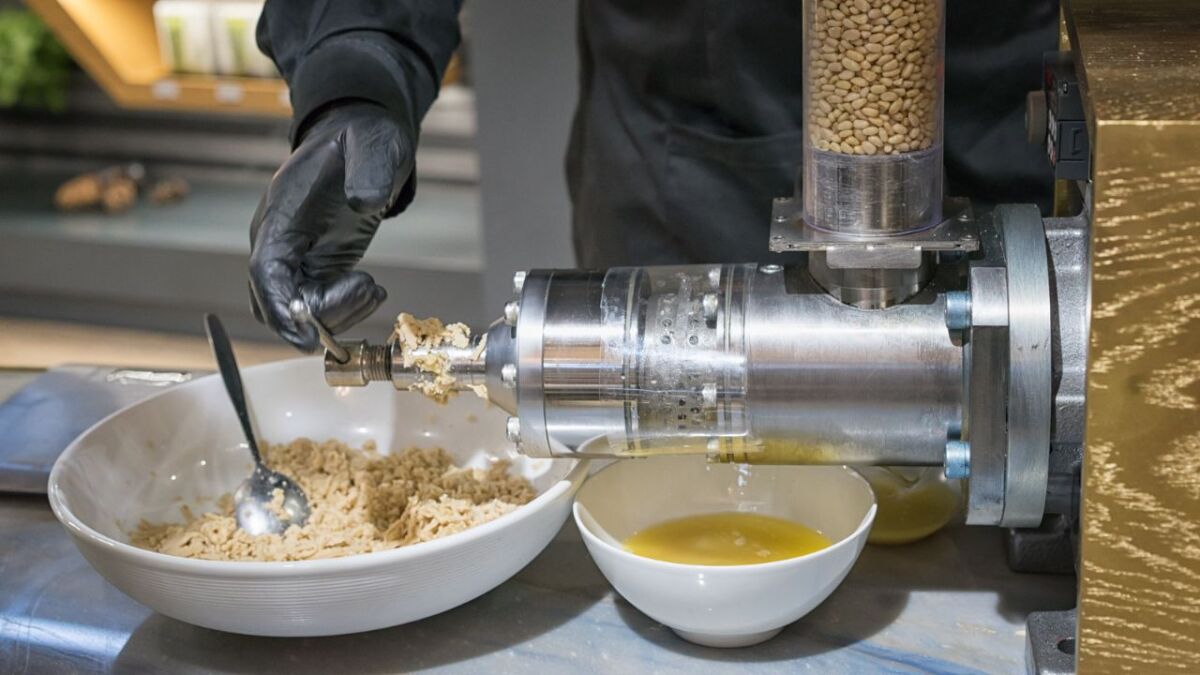
If you want to buy an oil press for home use, you should pay attention to the following points:
- Power: Make sure that the oil press offers enough power for your needs. Higher power allows for more efficient oil production.
- Size: The size of the oil press should fit your available space. There are both compact and larger models, depending on how much space you have.
- Operation: The operation of the oil press should be simple and understandable. Some models are automated, while others are manually operated.
- Material: The oil press should be made of sturdy and durable materials to ensure long-term use.
- Cleaning and Maintenance: Make sure that the oil press is easy to clean and maintain. This makes maintenance easier and extends the life of the device.
- Price: Compare the prices and features of different models to find the best oil press for your budget and needs.
Frequently Asked Questions (FAQs)
How long does homemade plant oil last?
The shelf life of homemade plant oil depends on various factors such as the plant used, storage conditions, and quality of the oil. Generally, it is advisable to consume the oil within 6 to 12 months. Make sure to store it in a cool, dry, and dark place to maximize its shelf life.
Can I mix different plant oils together?
Yes, you can mix different plant oils together to obtain an oil with the desired properties and flavor nuances. However, make sure that the oils are compatible with each other and can be mixed well.
How can I improve the quality of my homemade plant oil?
To improve the quality of your homemade oil, pay attention to the freshness of the plants used, the purity of the extracted oil, and proper storage. Careful processing and the use of high-quality plants also contribute to the quality of the oil.
Can I use any plant for oil extraction?
Not every plant is suitable for oil extraction; choose plants with a high oil content and good processing properties.
How long does homemade plant oil last?
The shelf life depends on the plants used and storage conditions, but generally lasts around 6 to 12 months.
How can I tell if my homemade oil is still good?
Bad smell, changed consistency, or mold formation may indicate spoiled oil.
Do I always need to filter my homemade oil?
Filtering the oil is recommended to remove impurities and residues and improve quality.
What is the best way to store my homemade plant oil?
Store the oil in an airtight, light-protected container at room temperature, and avoid direct sunlight.
Can I use old or expired plant parts for oil extraction?
For optimal results, fresh and high-quality plant parts should be used as old or expired plant parts can affect oil content and quality.
Can I mix different plants to create a unique oil?
Yes, you can mix different plants to create unique oil blends with special flavor or active ingredient combinations.
Conclusion: Making homemade plant oil is a rewarding project
In this guide, I have discussed the benefits of producing oil from plants, as well as the process and suitable plant species.
I have also provided practical application possibilities, such as how to obtain an oil press and answer frequently asked questions.
Now you are well-equipped to make your own plant oil and utilize the secrets of nature.
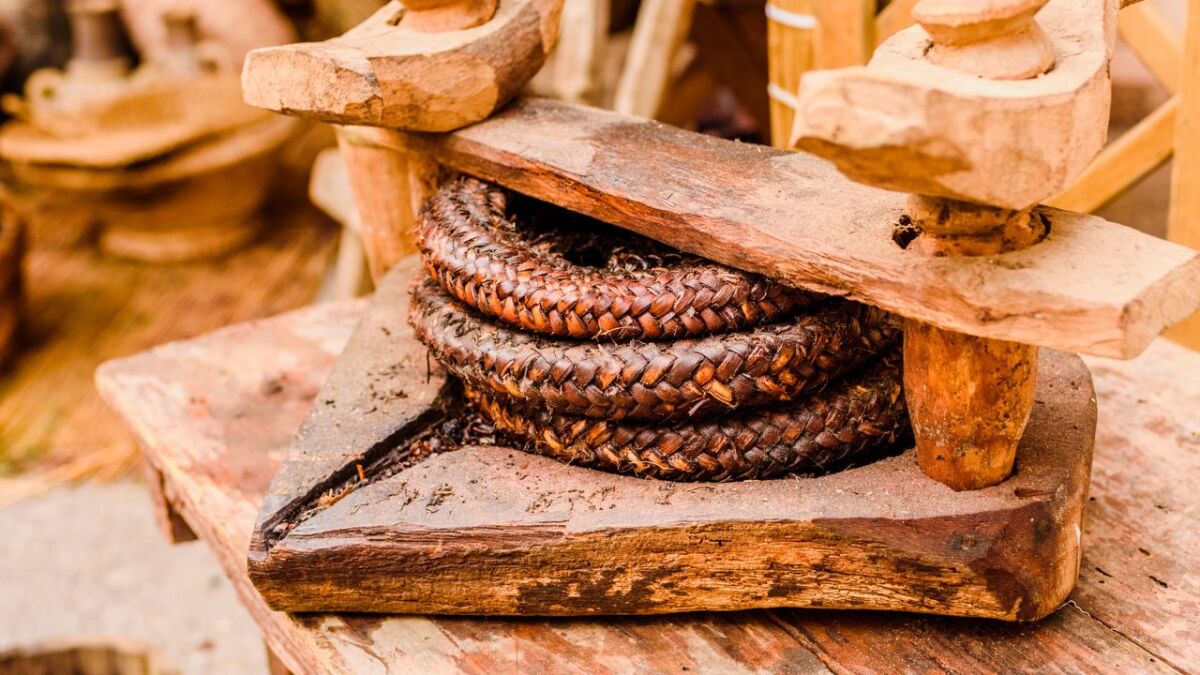
Homemade plant oil not only enables you to use healthy and environmentally friendly products, but also deepens your connection to nature.
With a little practice and the right materials, you can quickly create your own plant oil and enjoy its diverse application possibilities.
Now that you know the answer to the question "How do I make oil from plants myself?" you can embark on the adventure of oil production.
Experiment with different plants and application possibilities to find the perfect oil for your needs.
Have fun trying and discovering the diverse opportunities that homemade plant oil offers!


Author of the guide
Martin Gebhardt
Hey, I'm Martin. On my blog, you will learn the basics and numerous details about living in the wild. I think survival, bushcraft and the good life in nature are the keys to happiness. Find me here on Instagram or on YouTube. You can find more about my mission on the About Me page.
Was this guide helpful?
19 people found this guide helpful.
5.00 out of 5 points (19 Ratings)
Comments (0)
This post may contain affiliate links. So if you click on the links and make a purchase, I will receive a small commission at no additional cost to you. Click here, to learn more about it.


